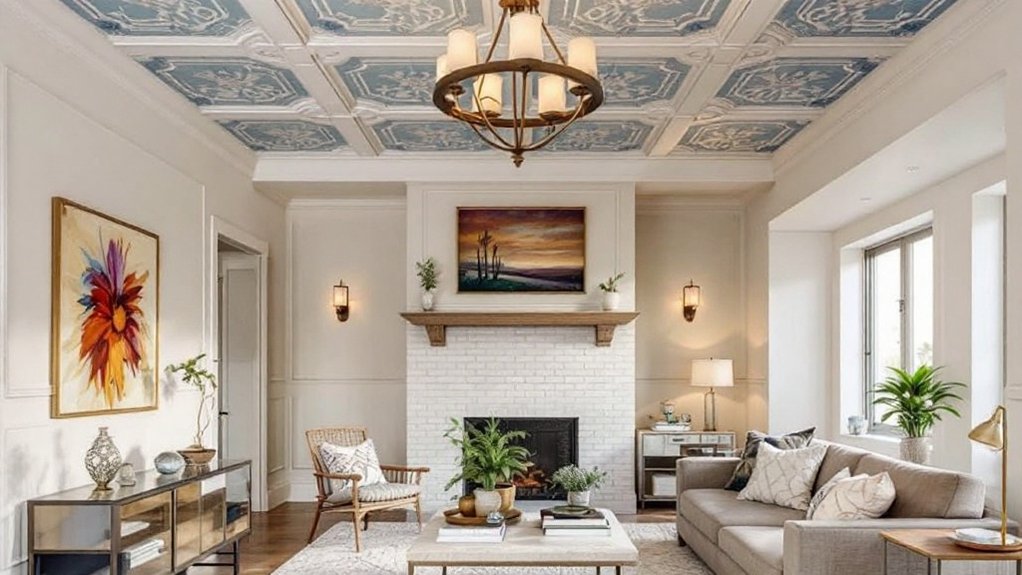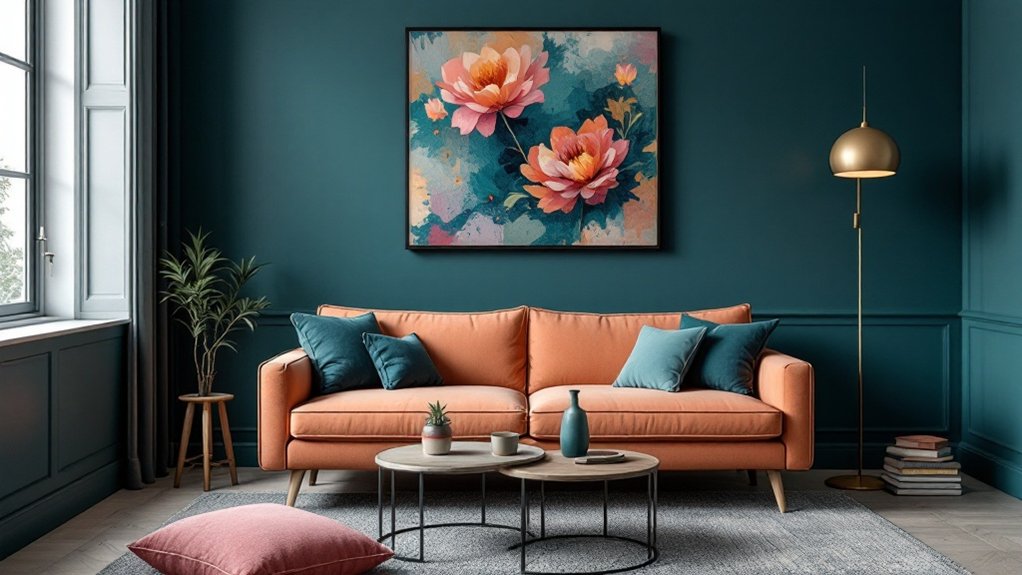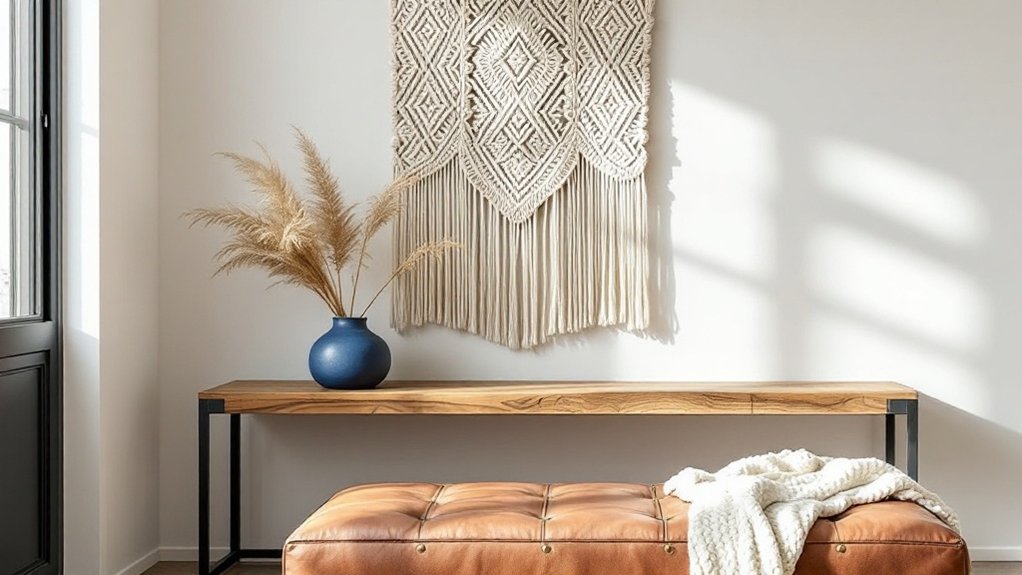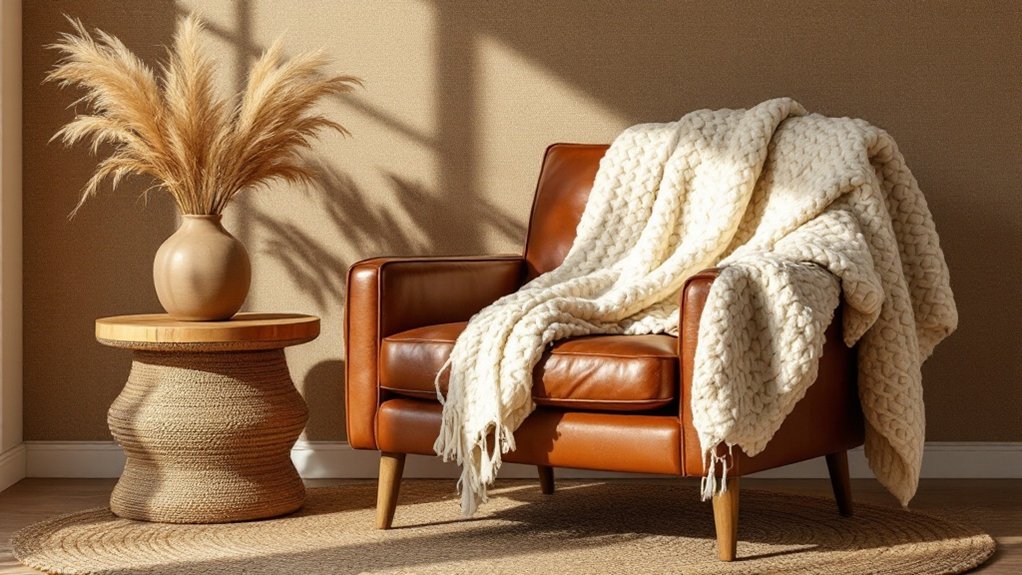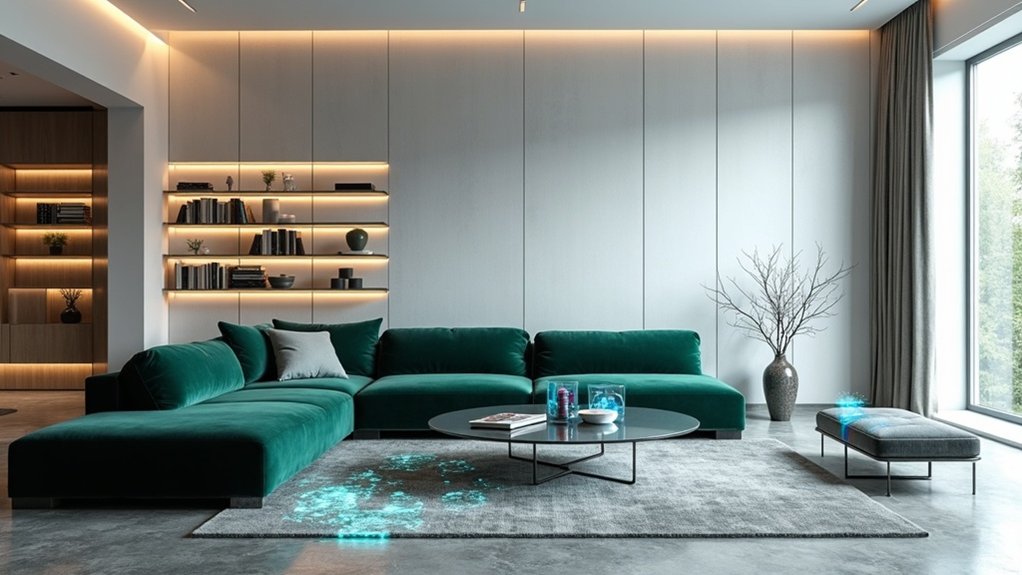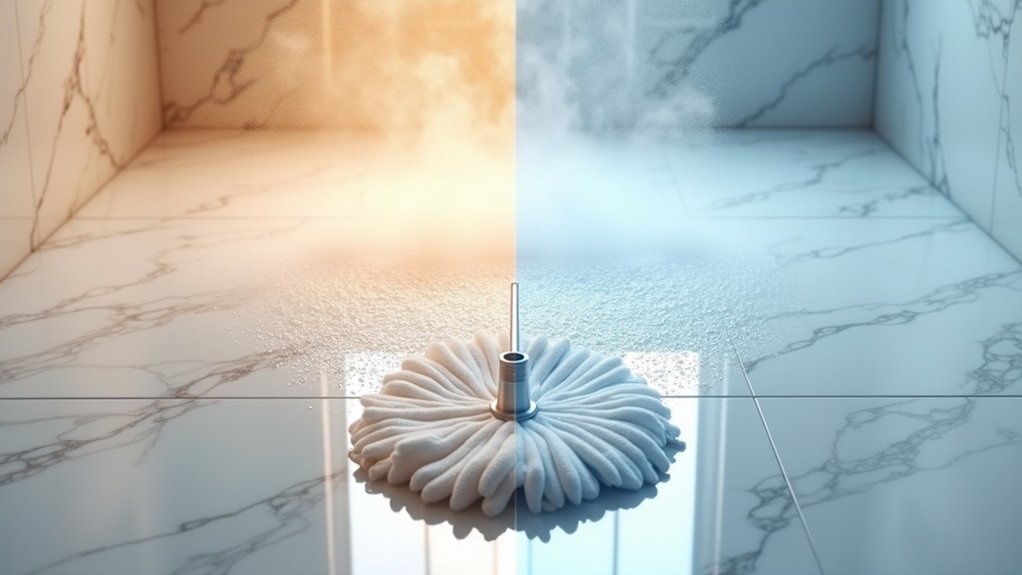Accent ceilings have evolved from basic white surfaces into dramatic design features that transform interior spaces. Modern treatments incorporate wood beams, metallic finishes, and architectural elements like coffered or tray designs to create visual interest and improved acoustics. Designers now recognize the ceiling's potential as the "fifth wall," using contrasting colors, textures, and strategic lighting to establish distinctive focal points. This design revolution reflects a broader trend toward personalized spaces, where every surface presents an opportunity for creative expression.
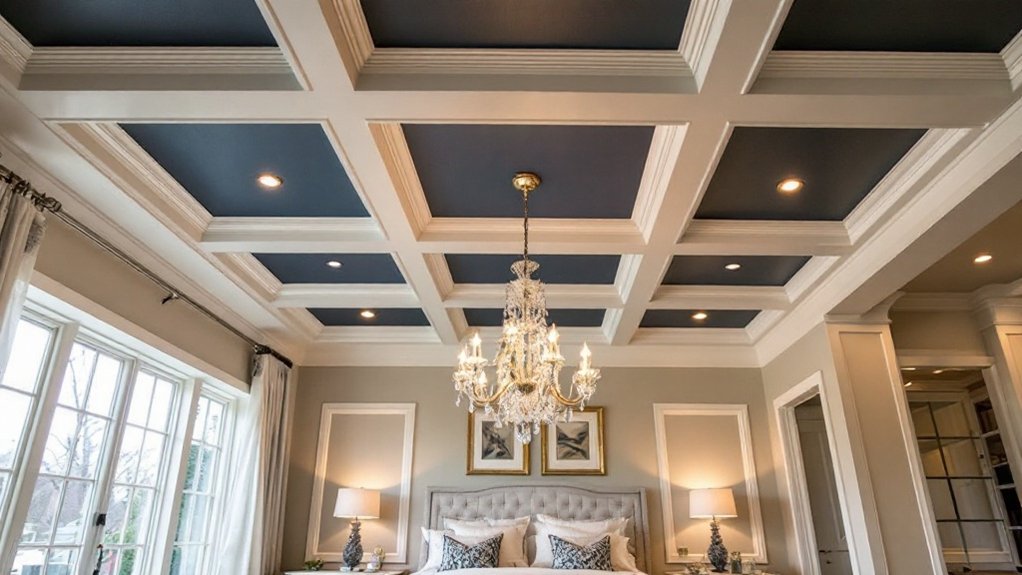
The transformation of a room's fifth wall – the ceiling – has emerged as one of interior design's most impactful trends. Once relegated to bland expanses of white paint, ceilings are now commanding attention through innovative applications of color, texture, and architectural elements. This shift reflects a growing understanding among designers that ceiling treatments can dramatically alter spatial perception while adding distinctive character to interior spaces.
The humble ceiling has evolved from basic white canvas to design superstar, transforming rooms through bold aesthetics and innovative architectural elements.
Modern accent ceiling techniques encompass a diverse range of options, from subtle to dramatic. Designers frequently employ contrasting paint colors, decorative wood beams, and patterned wallpapers to create visual interest overhead. Suspended metal grids can effectively conceal mechanical and electrical systems while maintaining accessibility. The striking design of pecky cypress planks adds natural warmth and rare textural beauty to living spaces.
More elaborate treatments include coffered structures featuring recessed panels, tray designs with raised central sections, and coved transitions that seamlessly blend walls with ceiling planes. These architectural details not only add aesthetic appeal but can additionally serve functional purposes, such as improved acoustics or concealment of structural irregularities.
The selection of materials plays a vital role in achieving desired effects. Wood elements, including planks and beams, introduce warmth and natural texture, while metallic finishes like tin tiles can deliver industrial or vintage aesthetics.
Thoughtful material choices must consider room dimensions and existing décor, as low ceilings typically benefit from lighter treatments and vertical elements, while higher ceilings can support more dramatic features and deeper color palettes.
The rising popularity of accent ceilings reflects broader trends in residential design, where homeowners increasingly seek personalized spaces that express individual style. This architectural feature proves particularly effective in key areas such as living rooms, bedrooms, and entryways, where it can establish focal points and improve spatial dynamics.
The integration of strategic lighting further amplifies the impact of ceiling treatments, creating layered effects that transform spaces from ordinary to extraordinary. As the demand for distinctive interior environments continues to grow, accent ceilings remain at the forefront of design innovation, offering endless possibilities for creative expression while maintaining practical functionality.
Frequently Asked Questions
How Much Extra Weight Do Accent Ceilings Add to My Home's Structure?
Accent ceiling weight varies significantly based on material selection and design complexity.
Standard options like drywall typically add 1.6-2.2 pounds per square foot, while wood planks contribute 1.5-3 pounds.
Lighter alternatives include metal tiles at 0.5-2 pounds, though elaborate coffered designs can reach 3-6 pounds per square foot.
Most residential ceiling joists adequately support these additions, but heavier materials exceeding 5 pounds may require professional structural assessment.
Can Accent Ceilings Be Installed in Rooms With Existing Crown Molding?
Yes, accent ceilings can be successfully installed in rooms with existing crown molding through careful planning and proper execution.
The key is selecting appropriately thin materials that won't interfere with the molding's profile while maintaining visual harmony.
Professional installation techniques, such as coping and scribing, guarantee seamless integration where new elements meet existing trim.
When done correctly, the crown molding actually improves the accent ceiling by creating an elegant frame that raises the overall design.
Do Accent Ceilings Affect Room Temperature or Acoustic Properties?
Accent ceilings have minimal direct impact on room temperature unless they incorporate specific insulation materials.
Nevertheless, they can significantly influence acoustic properties through their surface materials and design elements.
While dark colors may create a perception of warmth, actual temperature changes are negligible.
Acoustically, the ceiling's texture, pattern, and material composition can affect sound reflection and absorption, with harder surfaces typically increasing reverberation and softer materials helping to dampen noise.
What's the Average Time Required to Complete an Accent Ceiling Installation?
The average installation time for an accent ceiling varies based on several key factors.
A basic installation in a small to medium room typically requires 1-2 days for DIY projects, while professional installations can often be completed within a single day.
More complex designs like coffered or tray ceilings may extend to 2-3 days.
Room size, pattern complexity, material type, and unexpected structural issues can significantly impact the timeline, requiring proper planning and material acclimation.
Are There Special Cleaning Requirements for Maintaining Different Accent Ceiling Materials?
Different accent ceiling materials require specific cleaning approaches to maintain their aesthetic and structural integrity.
Mineral fiber and fiberglass demand clear, mild detergents and HEPA-filtered vacuums, while felt and fabric surfaces need gentle brush attachments.
Painted gypsum requires diluted dish soap solutions with minimal dampness exposure.
Wood ceilings necessitate pH-neutral cleaners and regular dust management.
Each material's unique properties dictate the appropriate cleaning methods to prevent damage and preserve appearance.
